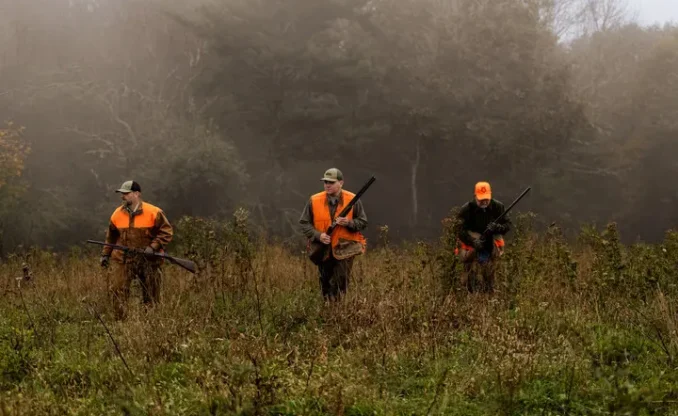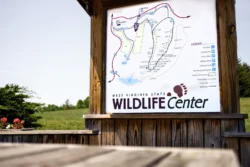Good Food and Cover
Coralberry, Indian Current – Symphoricarpos orbiculatus
Snowberry – S. albus
Form
Low shrub 2 to 4 feet tall.
Bark and Twigs
Branches erect or ascending, purplish, finely hairy, papery bark
Leaves
Deciduous, opposite, simple, oval, smooth margined, often soft hairy beneath, 1 to 2 inches long.
Flowers
Denise clusters in axils of the leaves, bell-shaped small (1/5 inch long or less), July.
Coralberry- Green to Purple
Snowberry – Pink or white
Fruit
Coralberry – Oval-round berries, purplish-red, 1/5 long, September into winter.
Snowberry – Small oval white, shiny berries.
WV Range
Although native species these plants have been put under cultivation and have escaped and may be found in all counties; they had a more restricted range previously.
Wildlife Use
Songbirds and game birds. Pine and evening grosbeaks, brown thrasher, robins, towhees, grouse and pheasants eat the berries. The dense thickets provide excellent nest sites and songbirds. The flowers are frequently used by butterflies and moths.
Horticulture
Uses Large scale ground cover.
Light: Partial to full sun.
Soil Moisture: Moist tending toward dry.
Soil pH: Neutral to acid.
Problems: Heavy pruning to renew growth through sprouting usually controls several types of fungi that infect coralberries.
Compiled By: Brian McDonald, botanist, coordinator Natural Heritage Program, West Virginia Division of Natural Resources, Elkins, West Virginia.
Written by West Virginia Native Plant Society members and jointly published with the WV Wildlife Diversity Program.



